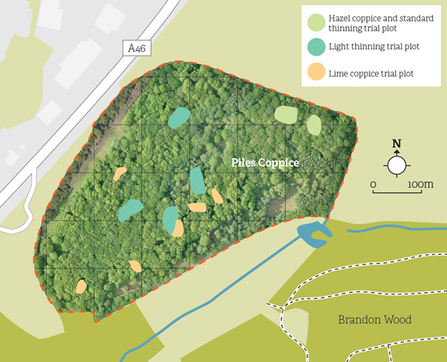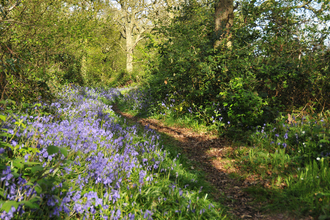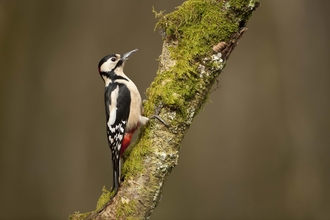The digital age is fantastic for providing a wealth of information about almost any topic, right at your fingertips. Unfortunately, it's also easier for myths to come about and more difficult to find sources you can trust.
That's why we've gathered some common woodland management myths, and had our expert staff set out the facts.



